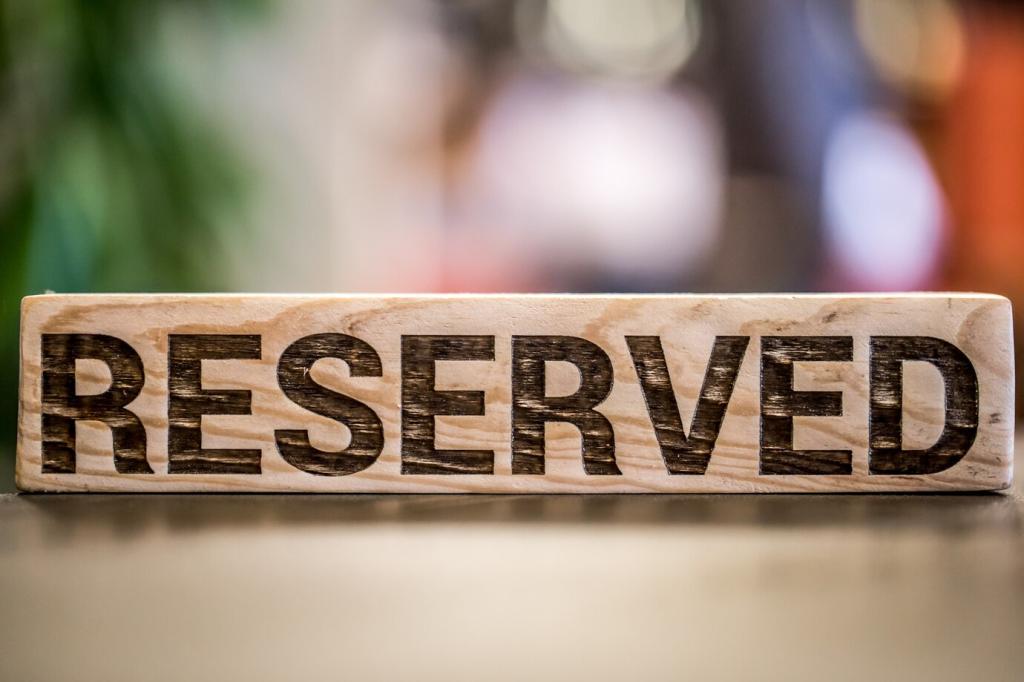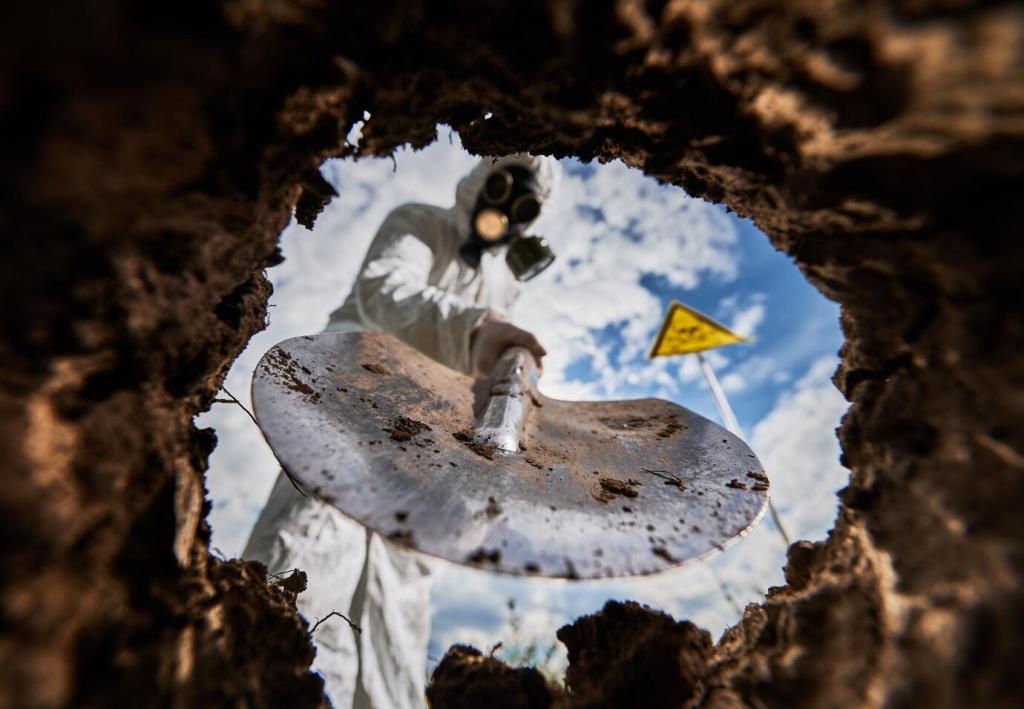
Case Studies of Successful River Revitalization
Chosen theme: Case Studies of Successful River Revitalization. Explore inspiring transformations where neglected waterways became vibrant public spaces, ecological corridors, and engines of local pride. Join our community to learn, comment, and subscribe for future deep dives.
Seoul’s Cheonggyecheon: A Highway Becomes a Living Stream
By removing the expressway and restoring surface flow, Cheonggyecheon reduced adjacent summer temperatures by several degrees, while dragonflies, fish, and riparian plants returned. Locals report hearing water before traffic, a small miracle in a megacity.

Munich’s Isar Plan: Safety Meets Wild Beauty
01
Room for the River, Room for Life
By widening the river corridor and reconnecting floodplains, engineers reduced high-water risks while creating habitat mosaics. Seasonal flows now sculpt beaches and riffles that invite wading and paddling, letting nature and people coexist gracefully.
02
Bioengineering Over Concrete
Rock ramps, anchored logs, and willow fascines replaced sterile walls, slowing water and sheltering fish. The softer edges learned from alpine streams proved durable, cost-effective, and visually appealing, convincing residents that resilience can look beautiful.
03
Measuring Success Over a Decade
Long-term monitoring tracked fish diversity, sediment dynamics, and public satisfaction. Data validated design choices while guiding tweaks, from bank stabilization to access points. Adaptive management kept the project honest, responsive, and genuinely community-driven.


Bishan–Ang Mo Kio Park, Singapore: From Canal to Community Oasis
The restored river spills into a broad floodplain during storms, then retreats to reveal lawns and stone terraces. Children hop between boulders after rain, learning firsthand how water moves and why room to expand matters.
Bishan–Ang Mo Kio Park, Singapore: From Canal to Community Oasis
Engineers used naturalized banks and terraced basins to handle intense tropical downpours. In dry periods, shaded paths, wetlands, and lookout bridges create everyday joy. The same landscape shifts roles gracefully, from safety to serenity.
Peeling back concrete revealed flowing water and invited eels, minnows, and native plants to return. The project reconnected people to regional ecology and Indigenous river stories, enriching a downtown narrative beyond retail and roads.
Yonkers’ Saw Mill River: Daylighting as Urban Renewal
Coalitions of residents, city leaders, nonprofits, and agencies braided grants and local funds. Public tours and simple displays built trust, while phased construction delivered visible progress that kept momentum and donors engaged throughout challenges.
Yonkers’ Saw Mill River: Daylighting as Urban Renewal
Reconnecting Neighborhoods to Water
New crossings and continuous promenades repaired severed routes to parks, schools, and markets. Parents push strollers along shaded paths where engines once roared, proving mobility can prioritize human comfort without sacrificing urban energy.
New Ecologies in the City’s Heart
Revegetation invited birds and insects to recolonize, while controlled flows and habitat features nurtured a more dynamic river. The result is subtle yet palpable: birdsong at dawn where drivers once revved through concrete corridors.
Everyday Life Along a Softer Edge
Skaters, seniors, runners, and picnickers share generous edges that feel safe and welcoming. Small kiosks and water access points encourage spontaneous pauses, making daily micro-encounters with the river a dependable urban pleasure.
The Thames Revival: Big River, Long Commitment
From Biologically Dead to Breathing Again
Upgraded treatment works, tighter regulations, and habitat creation reversed collapse. Regular wildlife sightings transformed public perception, reminding Londoners that rivers can heal when science, policy, and patience row in the same direction.
Science, Sewers, and Stewardship
Massive infrastructure, including modern interceptors, cut combined sewer overflows, while NGOs mobilized volunteers for cleanups and surveys. The partnership model—engineers to citizen scientists—kept progress transparent and resilient through political and climate shifts.
Telling the Story to Sustain Action
Museums, river festivals, and media documented change, inviting Londoners to witness milestones. Stories of returning species fueled pride and donations, showing communication is not decoration—it is infrastructure sustaining momentum and accountability.

